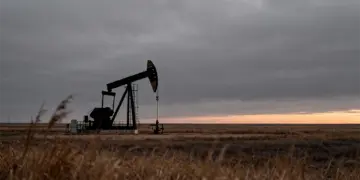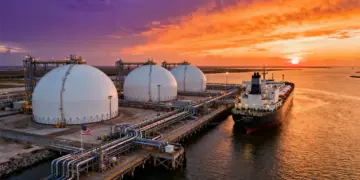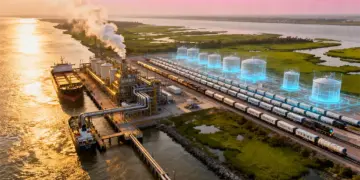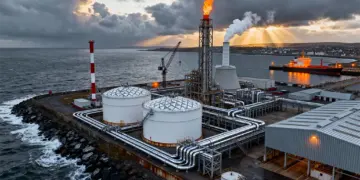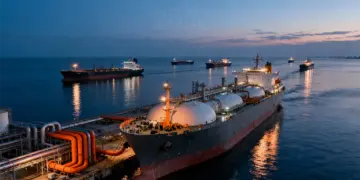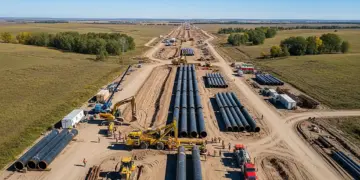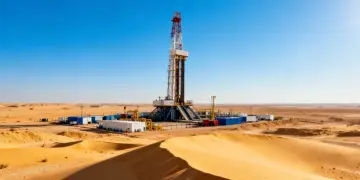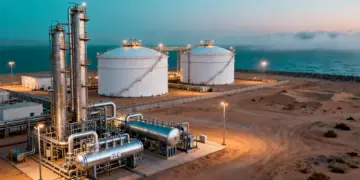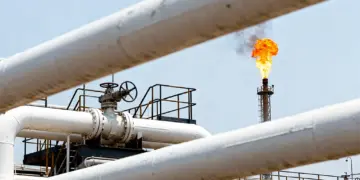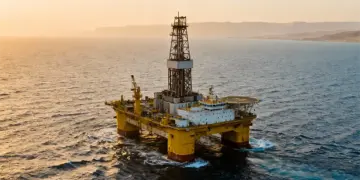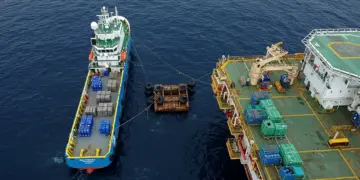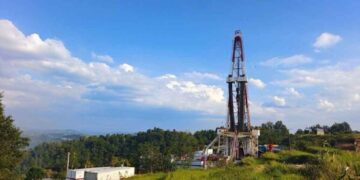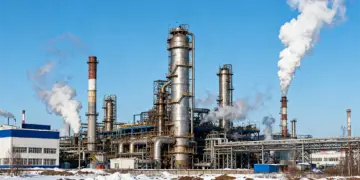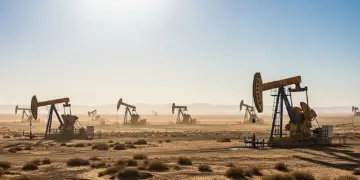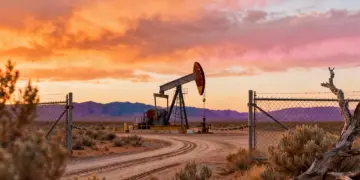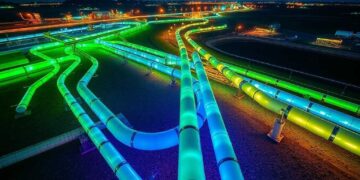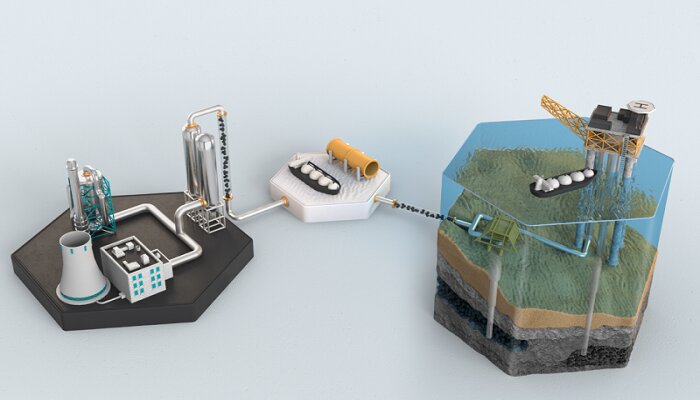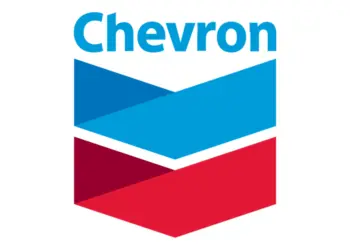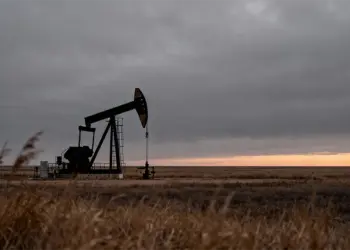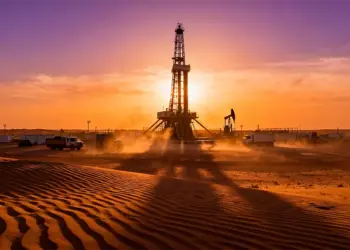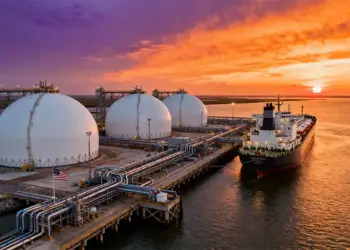In what was the first round of tenders when it comes to the storage of CO2 in the Danish North Sea, a total of three permits have been awarded- 1 to Wintershall Dea and INEOS E&P consortium and 2 to TotalEnergies EP Danmark.
The applications were reviewed by the Danish Energy Agency, post which technical as well as financial capacity was assessed of the work programs that the companies had shown.
The permits covered areas across old spent oil and gas fields and also the previously undiscovered saline porous sand layers, which were located at a depth of 1-2 km under the seabed. It is said they contain all the geological structures that are a must when it comes to future permanent CO2 storage locations.
The licence allocation takes place after a report is submitted to the Norwegian parliament by the Danish Minister for Climate, Energy, and Utilities seeking which permits he intends to issue. The design as well as the timing of the final concrete CO2 storage facilities will be based on investigation and research work in the future. Before their establishment, the concrete projects have to be approved by the Danish Energy Agency.
Permits can be granted initially for discovery for up to six years, during which the company that is exploring gets exclusive rights to the area. If in case, a suitable site is found for CO2 storage, there is a provision for an extension of the permit for up to 30 years in terms of storage. There is an estimation made by the Geological Survey of Denmark and Greenland that the underground elements in Denmark may contain almost DKK 22bn tonnes of CO2, which is as good as 500 to 1000 years of Danish emissions when we talk of the current levels.
Apparently, the Danish Energy Agency granted its first-ever CO2 storage permit to INEOS E&P and Wintershall Dea at the end of 2022.



